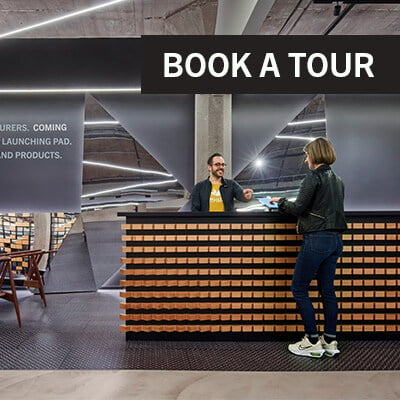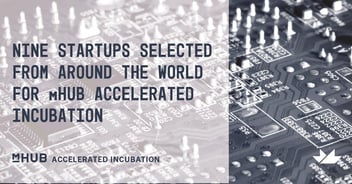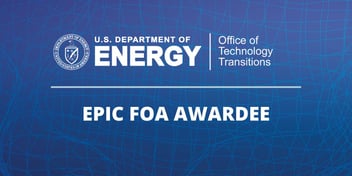There has been no time previously where the opportunity and resources to engage in product innovation have been democratized and so readily available. All the stars are aligning for this moment after decades of investment, and it’s leading to incredible manufacturing innovation and the ushering in of a new wave of product entrepreneurs. The key factors driving these trends are: the price of components, memory and storage and semi-conductors; advancement of STEM leading to greater number of engineers and designers; profuse access to cloud computing; increased speed and enhanced communication of devices; and lastly, growing access to capital-intensive resources and communities of manufacturing entrepreneurs.
Steadily Decreasing Prices of Parts and Components
The price of components, memory and storage, semi-conductors and computer chips have been in steady decline over the past three decades. Prices have decreased 20 to 80 percent across all categories. This trend is born out of continuous advancements driven by the development of personal computers and smart phones, and further supported by the increasing access to supply chains driving by such companies as Avnet and Arrow Electronics.
A Deep and Growing Workforce
Today we have more engineers and designers than at any point in U.S. history and, with nearly 200,0001 more graduating each year from our university system, this talent is converging on centers of innovation - from Silicon Valley to Boston, Atlanta, and to Chicago. Chicago, specifically, with its geographic position and diversity of its economy is attracting talent from throughout the world and has become the epicenter of the Midwest. The Midwest is truly positioned to lead the way; producing the fourth highest gross domestic product in the world.
Advancements in Cloud Computing
Over the past five years we’ve witnessed an explosion of cloud computing platforms – AWS, Google Cloud, Microsoft Azure to name a few leading options. These new services provide companies and devices with access to files and the ability to complete complex computation at “super-computer” like speeds. This is allowing for innovative product design and the ability to develop evermore complex hardware and physical products. Coupled with major advancements in cloud computing innovation including Infrastructure as a service (IaaS), cloud automation, security, data collection and artificial intelligence infiltration into the cloud; enterprises are able to reduce costs and clear the way for workforce focus on innovation.
Accessing the cloud has been further enabled by progress made for the speed at which devices are able to communicate. From 3G to 4G, we’ve seen latency speeds decrease more than 10ms. In 2019, we are about to experience a 1000-fold increase in speed with the nation-wide rollout of 5G technology. 5G will unlock a whole new round of innovations connected to autonomous vehicles, connected cities and homes, and industrial and consumer Internet of Things.
Momentum in Resources and Communities for Physical Product Entrepreneurs
Over the past five years, we’ve seen an explosion of new physical product incubators and innovation centers – from Greentown Labs in Boston, to LACI in Los Angeles, to mHUB in Chicago. These centers are creating the conditions for product and manufacturing innovation to thrive. They are attracting and cultivating talent, connecting entrepreneurs and industry, and reducing the capital intensity required to prototype and fabricate enough units to properly test the market. These centers were built out of necessity to drive innovative product design and manufacturing innovation.
Within mHUB alone, the first 18 months saw an influx of more than 200 physical product and hardware startups, and more than 100 manufacturing and community partners. The incubator provided this community with access to more than $6 million in equipment, diverse entrepreneurial and technical training, and mentorship to assist in taking a product from idea to sustainable business. This has resulted in the creation of nearly $100M in new economic activity (measured by revenue generated and investment raised),– the launch of 300 new products and creation of hundreds of new jobs.
This convergence of activity is leading to the next wave of product and manufacturing entrepreneurs, and will further position the U.S. as the leader in manufacturing and product innovation in the 21st century.
If you are a budding entrepreneur looking for a vast community of innovators, take a tour at mHUB to learn more about the hardtech ecosystem and how to get involved.
1. SOURCES:
1. Datausa: https://datausa.io/profile/cip/14/






